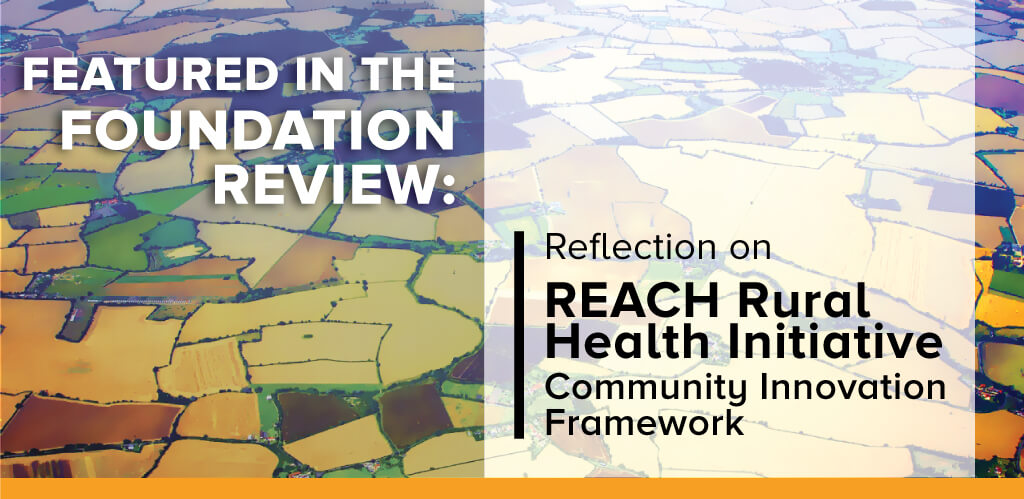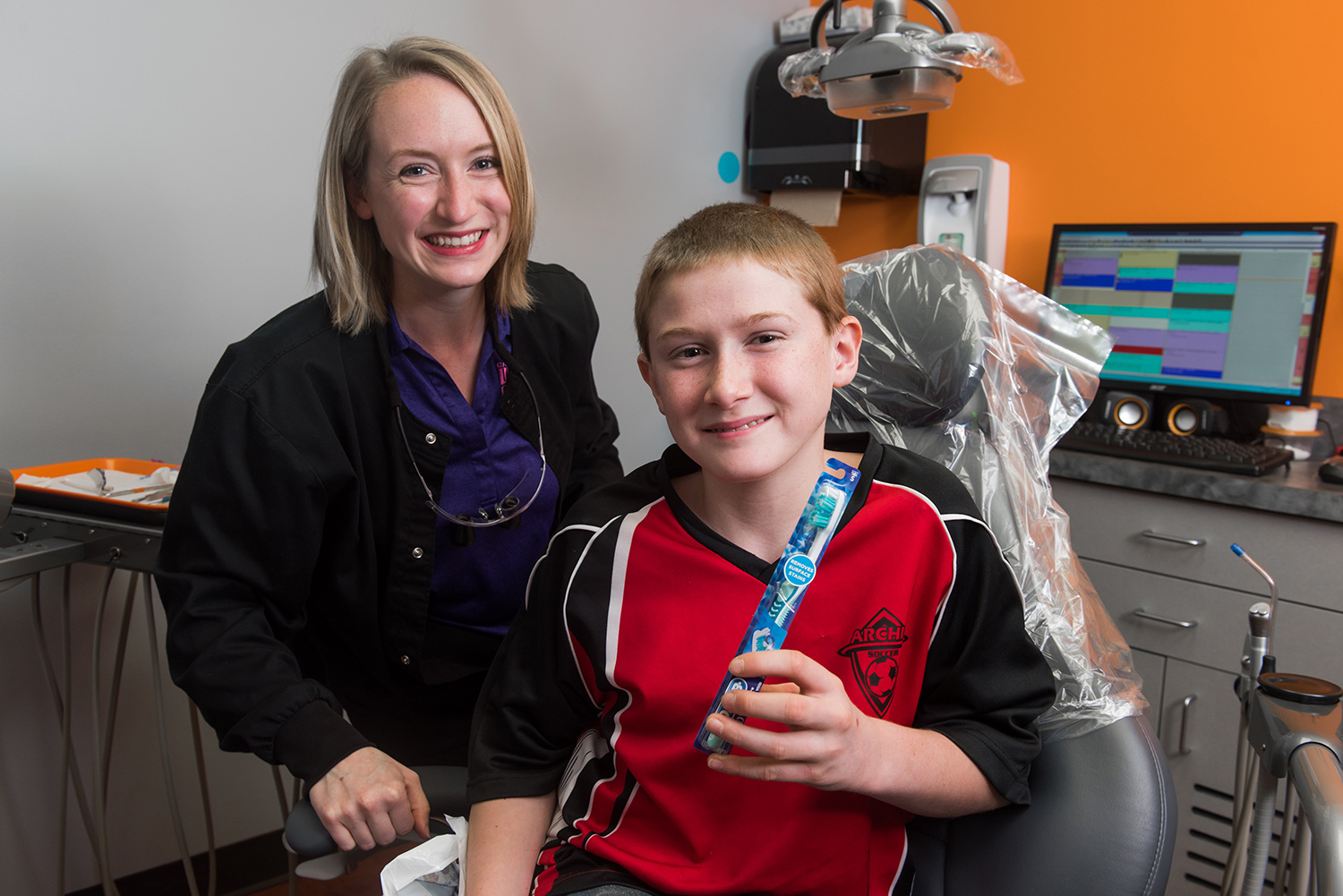
This fall, the REACH Healthcare Foundation concluded its nearly five-year investment in a Rural Health Initiative (RHI) that was introduced in early 2012 with an aim of increasing health care access for residents in the three rural counties that are part of the foundation’s service area: Lafayette and Cass counties in Missouri, and Allen County, Kansas.
With approximately 17% of the American population living in rural communities, identifying new strategies for addressing current health care issues for low income and underserved people in rural areas was vital for securing better health results. Bill Moore, Ph.D., Vice President of Program and Evaluation at REACH said the impetus for the RHI was the desire to see greater impact on health care access from the foundation’s grant making in rural areas. In addition to improving health care access, the foundation and others involved in the initiative came to recognize the importance of building community leadership capacity and a network of committed organizations in the three counties so that residents could continue to tackle health and other community priorities long after the RHI was concluded.
This month, The Foundation Review, a peer-reviewed journal of philanthropy published by the Dorothy A. Johnson Center for Philanthropy at Grand Valley State University, published an article authored by Moore, along with RHI evaluators, trainers and consultants Adena Klem, Ph.D., Cheryl Holmes, M.P.A. and June Holley, M.A., M.Ed., and then REACH intern Carlie Houchen, M.P.H., about the community change model that was developed over the course of the initiative. Titled “Community Innovation Network Framework: A Model for Reshaping Community Identity,” The Foundation Review article describes the different phases of the RHI and how REACH – in partnership with technical assistance consultants and collaborative rural partners – adjusted its approach in response to partners’ needs and experiences.
At the start of the initiative, the County Health Rankings for the three counties all documented high rates of uninsurance, a serious shortage of primary care physicians, higher rates of preventable hospital stays and lower rates of preventive services, such as diabetic screenings and mammography. Rural citizens were suffering from lack of high-quality, affordable health care and poorer health than people in more urban communities.
The foundation brought together key leaders in the three counties, and provided planning grants and access to a team of consultants with expertise in network development, research, planning and project management, expecting to receive proposals to support “research-based, strategic innovations” that could remove barriers to health access.
From the start, Moore said the foundation was looking for “innovations – unique strategies that would go beyond the usual activities and events and propel community members to work collaboratively on issues of urgency and interest.”
“During that first planning year, the core teams in each county worked to establish team norms and processes but continued to rely on a narrow group of stakeholders – the ‘usual voices’ – to make most of the decisions. Those early core teams weren’t drawing fully on the wealth of energy and ideas in their communities. That’s when we understood that we needed to regroup with those partners and TA providers and fashion a more effective approach to community engagement in order to create the conditions and capacities in communities to stimulate more local innovation.”
As the initiative evolved the focus turned toward adoption of a network approach to bring more community partners to the table. The network approach required growing network leadership skills, and identifying and cultivating potential new leaders to expand community capacity. June Holley, a developer of network building and author of “The Network Weaving Handbook,” trained the rural teams on social-network mapping and analysis to help teams identify participants who had not been engaged in community planning and add additional groups of passionate and skilled residents to develop innovations addressing a variety of local health and social service barriers.
The article offers a foundation’s perspective and lessons learned, beginning with an understanding that systemic community change is complex and sensitive work.
The Foundation Review article outlines these stages of the initiative, the evolution in the technical assistance approach and the development of the Community Innovation Network Framework. It also describes early outcomes that tested and reinforced the effectiveness of the model, such as:
- Expanded networks in the rural communities with new work groups and projects stemming from the original core team;
- The diversification of the skill sets within the teams, with more opportunity for leadership to emerge;
- The communities’ success at leveraging state and federal grants enabled them to open new health care access points in their counties and address other issues, such as access to healthy foods, supporting persons living in generational poverty, connections to critical social services and other projects.
Finally, the article offers a foundation’s perspective and lessons learned, beginning with an understanding that systemic community change is complex and sensitive work. The journal article highlights REACH’s experience and recognition that no matter how well-crafted, change models cannot be transplanted into rural or other settings without respectful consideration of local conditions, interests and capacities. Moore suggests that foundations maintain a realistic perspective and timeline for change, and allow time for the relationship-building that is necessary for these kinds of multi-year and complex engagements.
Readers can access The Foundation Review article and find other information about the Community Innovation Network Framework, outcomes in the rural communities and additional background information on the RHI Initiative page.



